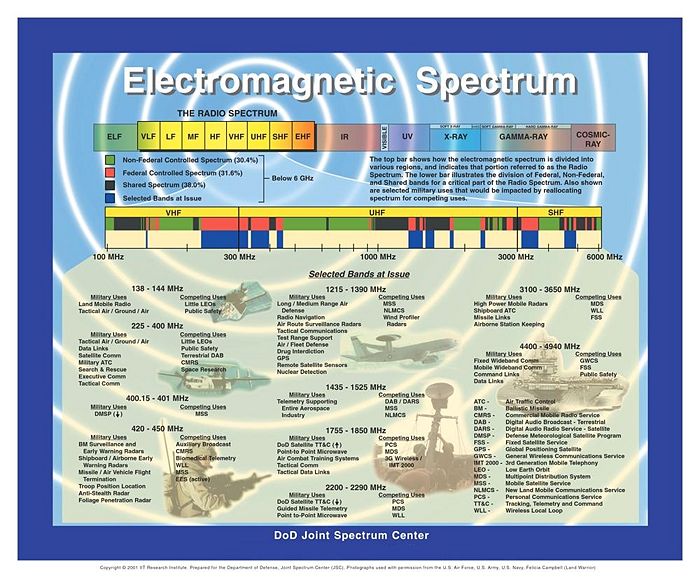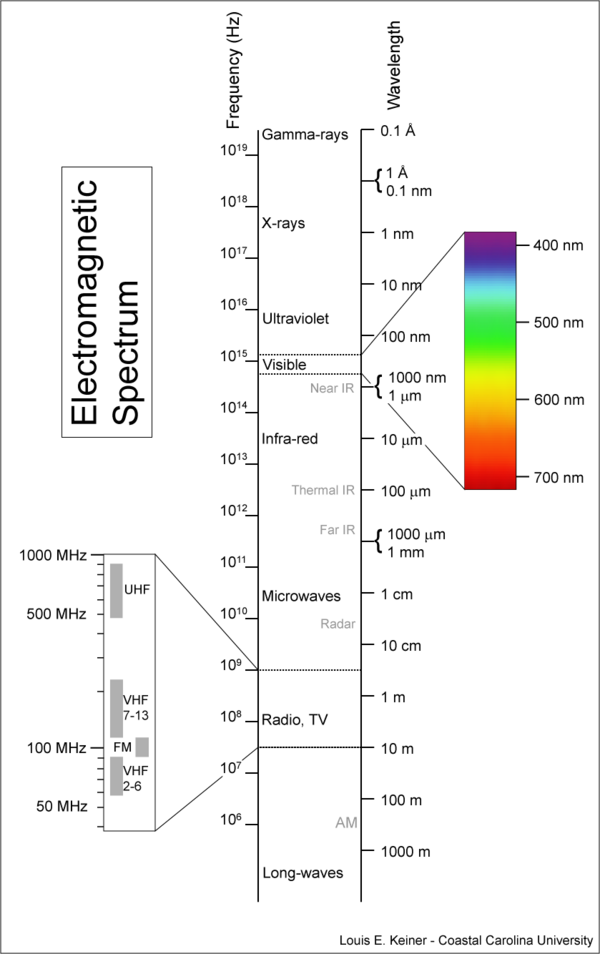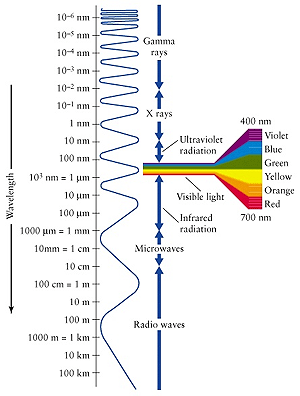Radiation/Gallery: Difference between revisions
Jump to navigation
Jump to search

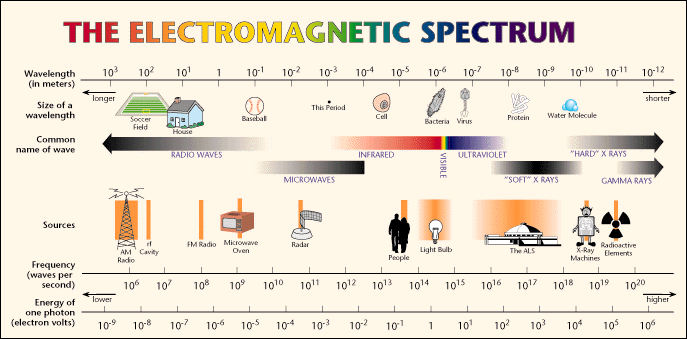
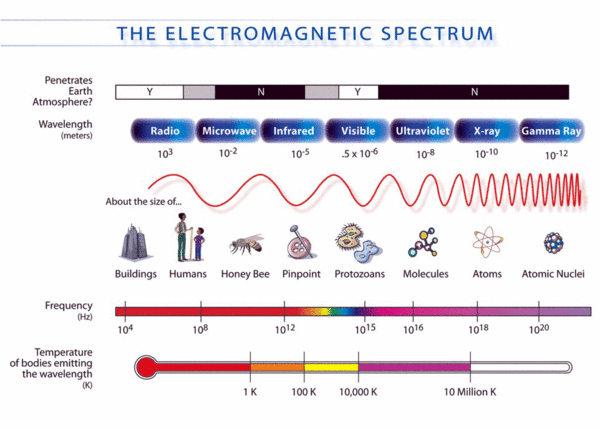
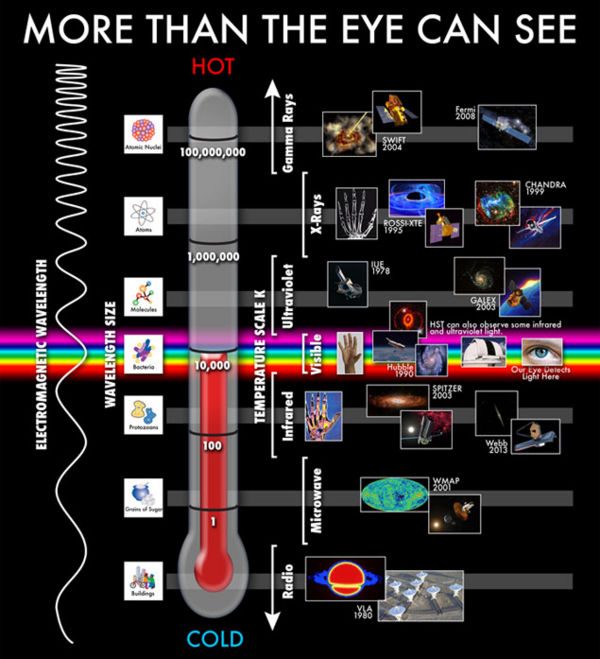
imported>Anthony.Sebastian (add diagram of the EM spectrum) |
imported>Anthony.Sebastian (add diagram of the EM spectrum) |
||
| Line 1: | Line 1: | ||
{{subpages}} | {{subpages}} | ||
<b>Note:</b> Each of the following diagrams offers a slightly different perspective on the electromagnetic spectrum, together providing a broader view. | |||
{{Image|ElectroMagneticSpectrum.JPG|center|700px|[[Electromagnetic spectrum]].}} | {{Image|ElectroMagneticSpectrum.JPG|center|700px|[[Electromagnetic spectrum]].}} | ||
| Line 10: | Line 12: | ||
<br> | <br> | ||
{{Image|Emspec t.jpg|center|600px|Diagram of the [[electromagnetic spectrum]]. Credit: [http://ngst.gsfc.nasa.gov/ NASA, The James Web Space Telescope]. The electromagnetic spectrum consists of all wavelengths of radiation ranging from radio to gamma rays including visible light. Astronomers learn everything they know about distant objects in space by studying the light from these objects. They get different information from the different types of light. So, to get a complete picture of an object, they have to get information from many different wavelengths.}} | {{Image|Emspec t.jpg|center|600px|Diagram of the [[electromagnetic spectrum]]. Credit: [http://ngst.gsfc.nasa.gov/ NASA, The James Web Space Telescope]. The electromagnetic spectrum consists of all wavelengths of radiation ranging from radio to gamma rays including visible light. Astronomers learn everything they know about distant objects in space by studying the light from these objects. They get different information from the different types of light. So, to get a complete picture of an object, they have to get information from many different wavelengths.}} | ||
<br> | |||
{{Image|Em-avhrr-sprct.gif|center|600px|Diagram of the [[electromagnetic spectrum]].}} | |||
Latest revision as of 19:42, 19 July 2010
Note: Each of the following diagrams offers a slightly different perspective on the electromagnetic spectrum, together providing a broader view.

(PD) Diagram: The Electromagnetic Spectrum. The Advanced Light Source (ALS), a division of Berkeley Lab. Greg Vierra, graphic design
Diagrammatic depiction of the electromagnetic spectrum. Note that as wavelengths become shorter and frequency of wave oscillations increase, the propagated energy increases (expressed in units of electron volts of photon energy). See diagram also in article, Electromagnetic radiation.
Diagrammatic depiction of the electromagnetic spectrum. Note that as wavelengths become shorter and frequency of wave oscillations increase, the propagated energy increases (expressed in units of electron volts of photon energy). See diagram also in article, Electromagnetic radiation.

(PD) Diagram: Global Teachers' Academy, Berkeley Center for Cosmological Physics
Diagram of the electromagnetic spectrum.
Diagram of the electromagnetic spectrum.

Diagram of the electromagnetic spectrum. Credit: NASA, The James Web Space Telescope. The electromagnetic spectrum consists of all wavelengths of radiation ranging from radio to gamma rays including visible light. Astronomers learn everything they know about distant objects in space by studying the light from these objects. They get different information from the different types of light. So, to get a complete picture of an object, they have to get information from many different wavelengths.
